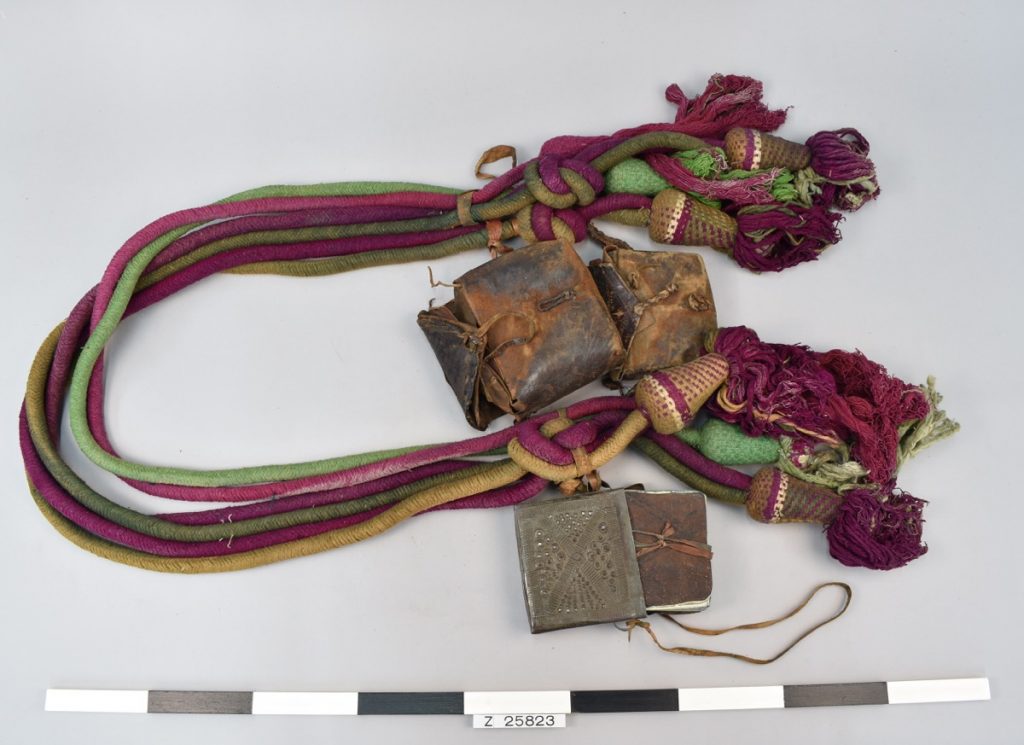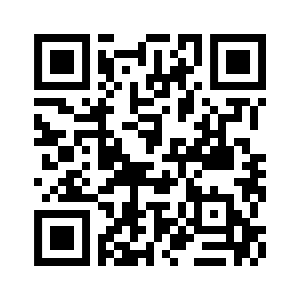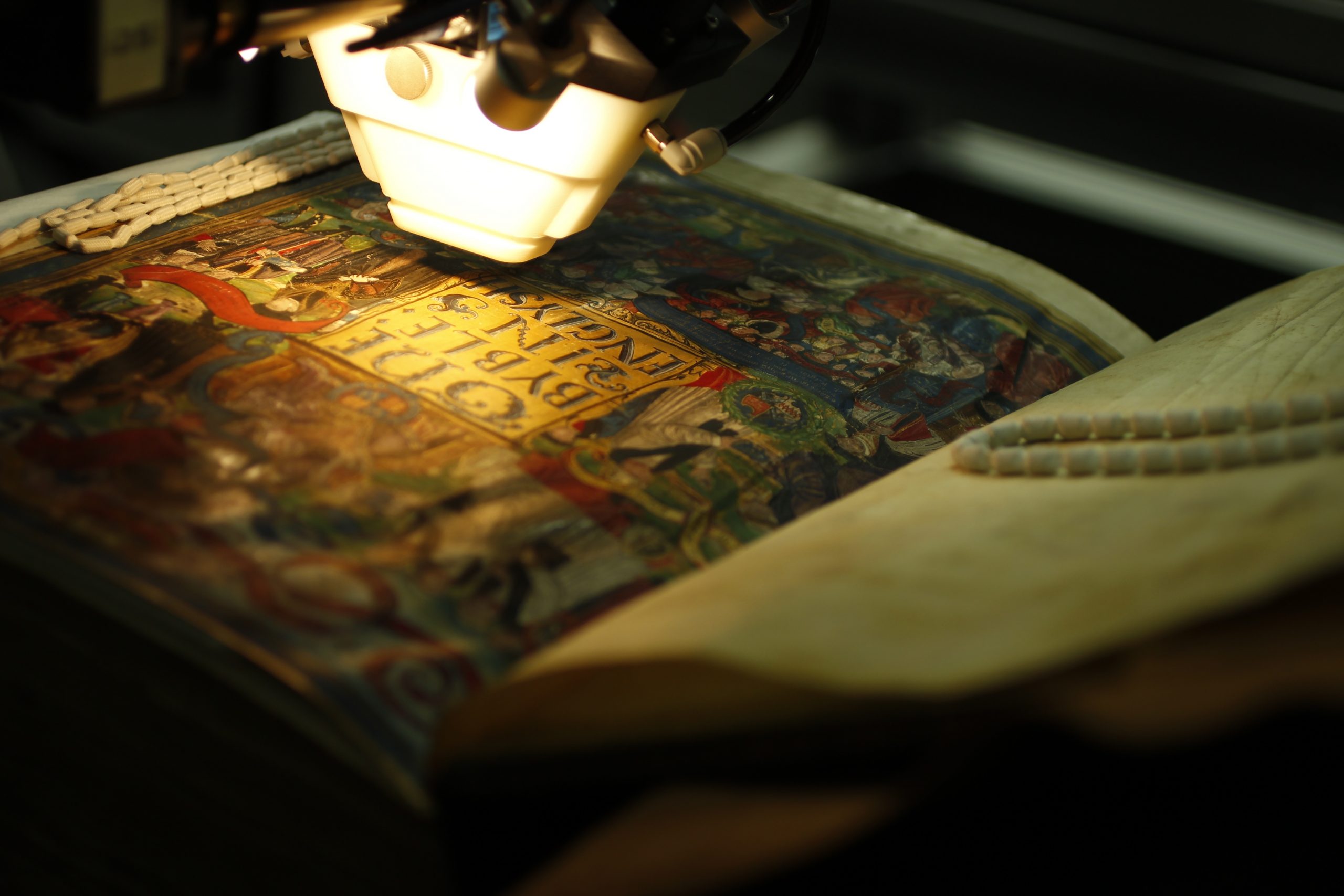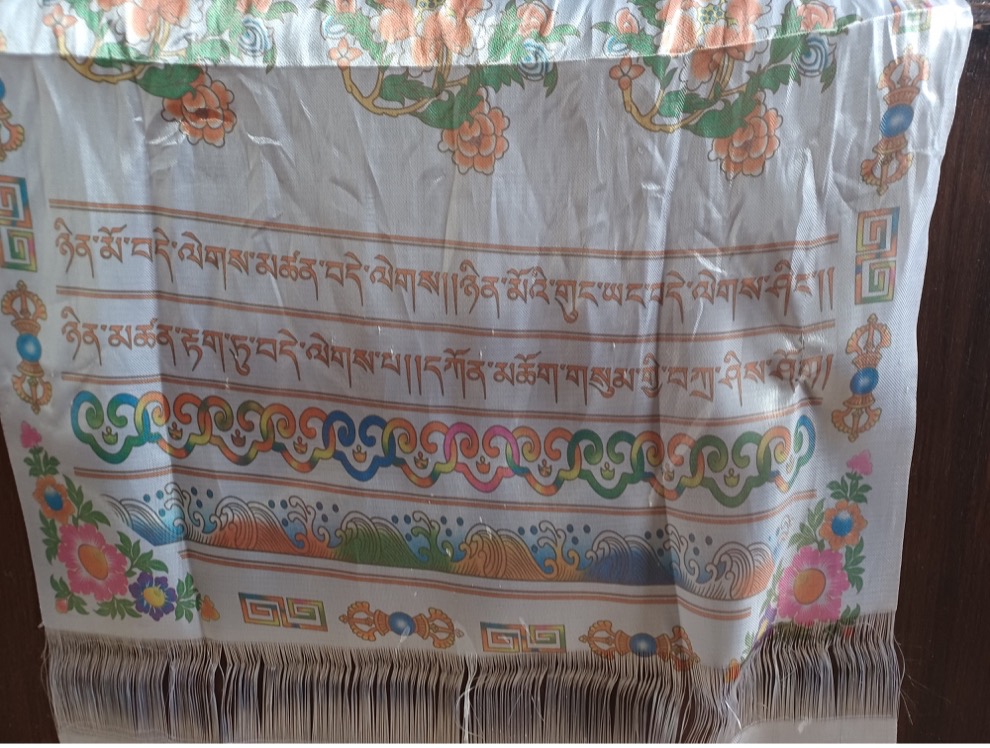
This complicated ornament exhibits one strategy for making and shaping religious texts that are not necessarily intended for reading or viewing but rather – in this example – for protecting a horse and its owner by wearing it on the body. Collected in northern Nigerian in the early twentieth century, it has three bundles of text, hand-written in ink on paper and covered in goat leather with a small metal repoussé case and locally dyed cotton cords and tassels. The texts themselves are a combination of words, diagrams and names created by different scribes or marabouts, itinerant Islamic ritual specialists still found in West Africa. As part of the HiPS project, the complex materiality, function, ciruclation and dynamic significance of non-European textual objects like this are being investigated in both the Museum of Archaeology and Anthropology and amongst the lived experiences of practitioners and their descendants.
For more about West African leather and its relationship to the production or circulation of texts, see the UL Special Collections blog, Finding ‘niger morocco’ on a map: A conservation study day on West African leather in Cambridge



